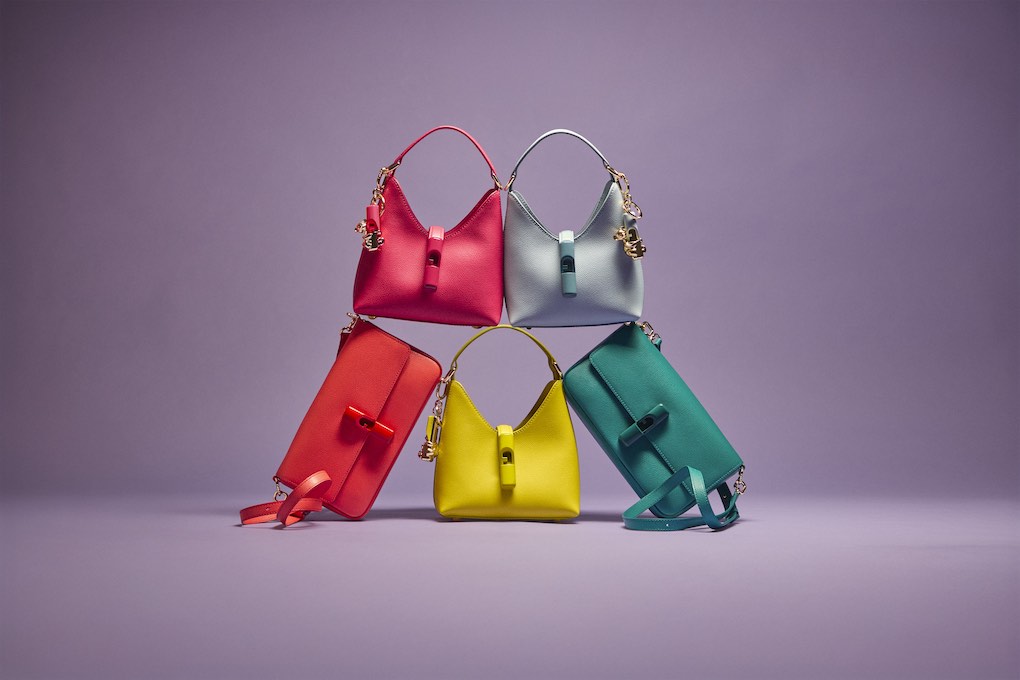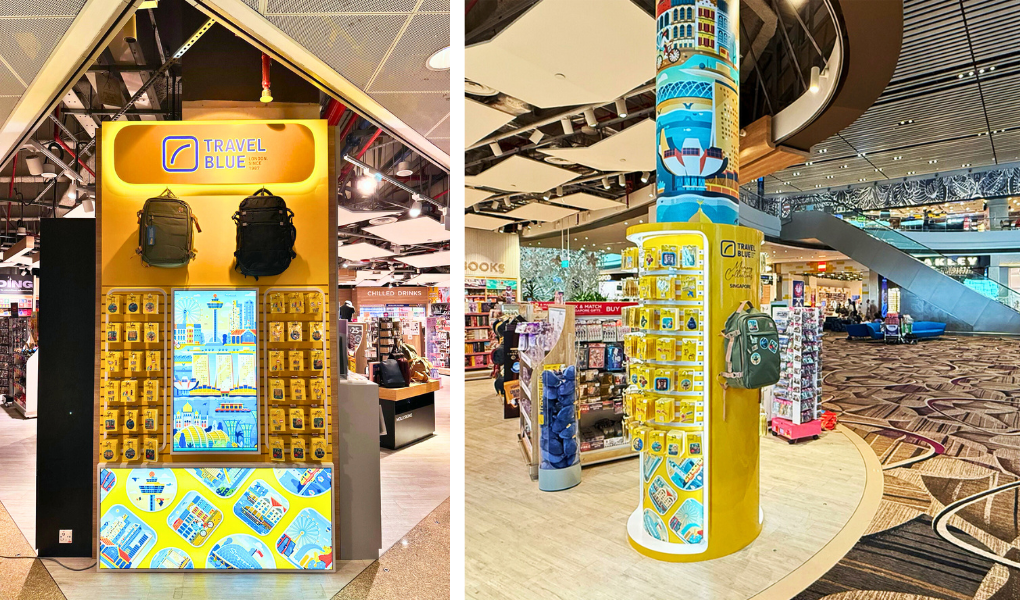 |
“If I had to keep only one KPI, it would be the quality of the brand message. Is the brand looking better today compared to yesterday; how will it look tomorrow? Are we offering a better brand experience?“ |
Jean-Louis Delamarre CEO Asia Pacific & Global Travel Retail Lacoste |
With the closing of the 2015 French Open at Roland Garros Stadium in Paris yesterday, Lacoste wraps up another year of being an official partner of the annual tennis tournament. The French premium casualwear brand’s association to the sport goes back to its origins in 1933, when French tennis champion René Lacoste – nicknamed “˜The Crocodile’ – invented the very first cotton polo shirt, made of a breathable new fabric called petit piqué. Flexible and lightweight, the Lacoste polo – branded with its signature crocodile logo – was considered a revolution in tennis wear.
In a departure from its focus on high performance sportswear, Lacoste made a major statement about its fashion aspirations in 2002 with the appointment of French designer Christophe Lemaire as Creative Director. The same year saw the iconic crocodile logo getting a contemporary facelift, and in September 2003 Lemaire presented Lacoste’s first ever fashion show, at New York Fashion Week. The revival of the brand continued with the appointment of Lemaire’s successor, Portuguese designer Felipe Oliveira Baptista, in 2010.
In an interview with Dazed & Confused Magazine about his vision for Lacoste, Baptista said: “I really want to make the brand more real and urban”¦ to give the brand a stronger reference as an everyday casual easy-wearing brand with an urban edge.” This urbanism, evident from Baptista’s modern reinterpretations of Lacoste’s sporty heritage, is perfectly captured in the 2014 ad campaign, “˜Life is a Beautiful Sport’, firmly establishing Lacoste as a lifestyle brand.
This new brand identity also marked a new era for Lacoste in travel retail, beginning with the appointment of Jean-Louis Delamarre as the new CEO of Asia Pacific and Global Travel Retail in April 2014. Speaking to The Moodie Report at last month’s TFWA Asia Pacific exhibition in Singapore, Delamarre said the first order of business when he took on the new role was to come up with a new long-term brand strategy – a “˜winning formula’ – for the channel: “Over the past year, we consolidated travel retail as one entity within Lacoste, which didn’t exist before. It was all about clarifying the vision and setting up the team, the processes and the tools, and starting to implement that vision.”
Lacoste already had a strong presence in travel retail, with more than 150 doors around the world, but the retail execution, according to Delamarre, was often inconsistent. “It was not the best representation of what the brand could be,” he said. “Travel retail should be a vehicle for the brand’s image, and that means we must always present the brand at its very best.”
To tackle this problem, Delamarre and his team came up with a new strategy – termed “˜Fewer, Bigger, Better’ – which called for larger, perfectly executed stores in key locations that demonstrate the full potential of the brand’s desirability.
“We want to be in the airports and locations that matter,” he declared. “We will keep expanding but we will be more selective in where we expand.” This “˜Fewer’ approach also applies to airlines (the brand is now present on ten airlines).
The new strategy will also favour standalone boutique formats over smaller personalised corners, to better express the brand. “With a bigger environment, I can showcase more than just the Lacoste polos. I want to show all the product categories that we carry,” said Delamarre.
The third pillar of the strategy is about top-notch execution, from the store’s look and feel, product merchandising to customer service. “There are a lot of conditions to be met to make the execution perfect,” he noted.
The new retail concept, which channels Baptista’s modern urban aesthetic in two formats – Standard and Premium Standard, has to date been implemented in 40-50 locations across Lacoste’s travel retail network. The first Lacoste location in Asia to debut the Premium Standard concept was at Singapore Changi Airport Terminal 3 departures – the 1,022sq ft store opened last August, its modern architecture and wood elements adding to its premium image.
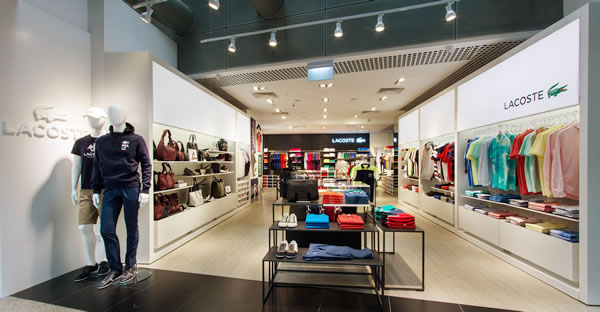 |
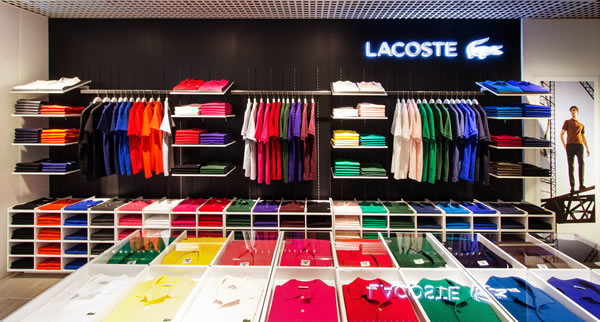 |
The Changi T3 store introduced to Asia Lacoste’s new “˜Premium Standard’ retail concept |
Results of the new retail concept have been positive, Delamarre revealed, with key partners in Korea and Thailand now willing to offer the brand much more space than before.
“Fashion brands need the space,” he stated. “If we have enough space to display the brand, we can offer a better customer experience and more customer service – it’s a win-win for us and the operator and airport. Customers these days don’t just care about product and price; they want an experience. We need to have the space to be able to educate our customers, to talk to them, to convince them, to let them feel and touch and so on.”
“It’s competitive,” he acknowledged. “There is not going to be enough space for everyone, that’s why you need to find the right formula. For Lacoste it’s about being productive, and we know what to do with our product. And if we can be productive we will be rewarded with more space to offer the perfect customer experience.”
Delamarre’s focus for the next year is to continue rolling out its “˜Fewer, Bigger, Better’ concept and accelerating the premiumisation of the brand. Priority markets will be Asia – particularly Korea, Thailand and China – as well as Europe, and the strategy will help the team to assess the potential of new locations.
 |
 |
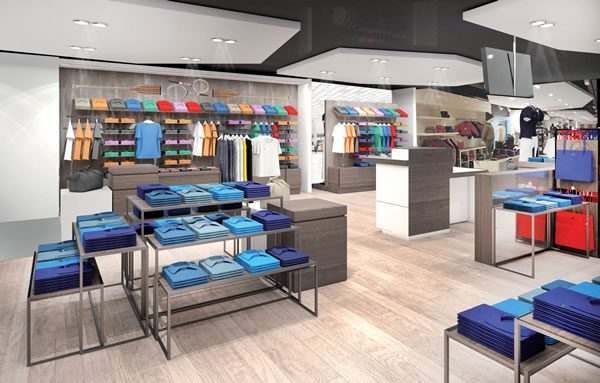 |
A 3D rendering of Lacoste’s latest retail concept at Paris Orly Airport |
Delamarre believes that Lacoste has a good shot at being a leading brand in the affordable luxury segment, with its wide-ranging portfolio which now includes apparel, small leather goods, accessories, perfume, sunglasses, watches and footwear. The brand is constantly updating its iconic polo, recently enhancing its collectability with new capsule collections and travel retail exclusives. The successful L.12.12 leather goods range in coated petit piqué – inspired by the classic Lacoste bag – is also starting to work very well in travel retail, Delamarre noted.
Previously from Procter & Gamble where he held various sales and marketing positions, Delamarre highlighted the differences between mass-market and fashion: “I think fashion is a very reactive business and the pace of change is very fast, so you have to be ready to evolve very quickly. The challenge in fashion is that, compared to mass-market, you sometimes have a lot less data to play with, and this lack in consumer and customer knowledge has to be balanced with a good sense of business. You have to be willing to take a bit more risk and follow your instincts.”
However, in every challenge lies an opportunity, and Delamarre believes that success will come to brands that can figure out a way to implement a Customer Relationship Management (CRM) solution for travel retail globally. “How can brands reward customers for their loyalty even when they shop in airports? Nobody seems to have cracked that yet, but I think that’s a good question for the future.”
That future looks positive for Lacoste, with Delamarre expecting fast growth – at least double-digit – over the next three years. He is quick to add: “But if I had to keep only one key performance indicator (KPI), it would be the quality of the brand message. Is the brand looking better today compared to yesterday; how will it look tomorrow? Are we offering a better brand experience? And I think we are; people are starting to tell me that the look and feel of Lacoste is definitely sharper and more premium, so we are headed in the right direction.”
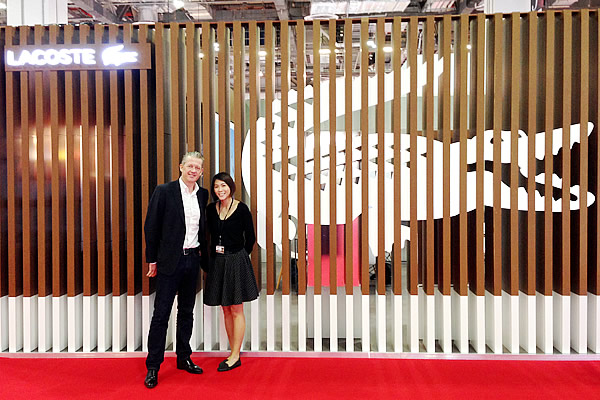 |
Lacoste CEO Asia Pacific & Global Travel Retail Jean-Louis Delamarre and The Moodie Report’s Melody Ng at the Lacoste booth at last month’s TFWA Asia Pacific exhibition |










